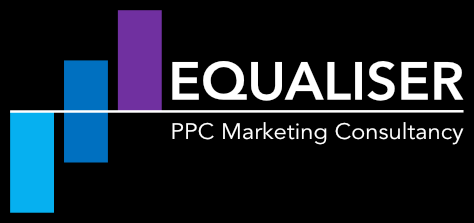Google and Meta Took Half of UK Ad Spend last year.
- James Balmforth
- May 12
- 3 min read
The Bigger Story? How Much Is Being Wasted.
It’s no longer a shock, but it’s still worth pausing on: Google and Meta now account for over 50% of all UK ad spend.
According to The Times, the 2024 figures are striking:
£20 billion on Google
£6 billion on Meta
That’s more than £26 billion funnelled into two platforms — a clear reflection of where brands believe the returns lie.
But the real story isn’t just about where budgets are going. It’s about how much of that investment is being wasted due to inefficient setup, unclear strategy, and overreliance on automation.
Why Brands Continue to Invest Heavily in Google and Meta
Google and Meta remain core pillars of digital marketing because they serve distinct purposes:
Google captures high-intent demand. Users are actively searching for specific products, services, or answers.
Meta captures high-interest audiences. These users aren't actively searching, but they can be persuaded with the right creative and targeting.
Increasingly, the two platforms are converging. Meta has adopted more of the automation, auction logic, and optimisation strategies seen in Google Ads. This makes it easier to manage both channels under a shared performance model — provided the strategy and structure are sound.
The Real Problem: Wasted Spend
Even with all their advantages, brands continue to lose significant budget through inefficiency. In accounts we’ve reviewed, up to 40% of spend underperforms due to structural and strategic issues.
Common problems include:
Weak account structures. A structure that doesn’t reflect business goals or user intent makes it harder for algorithms to optimise effectively.
Overlapping or untargeted audiences. This is particularly common on Meta, where poor audience setup leads to fatigue, inefficiency, or cannibalisation.
Misaligned investment decisionsWithout clear attribution, brands often scale the wrong channels or campaigns, while underfunding those that are actually working.
Overreliance on automationAutomation can scale what’s working, but it can’t fix fundamental strategic or structural weaknesses.
What Better Looks Like: Real Performance Gains
Google Ads: Strategy-Led Structure
For a client spending over £200,000 per month on Google, we rebuilt the account around their commercial priorities and product lines. This made it easier to prioritise budgets, generate clean signals, and enable automation to do its job.
The result: 18% more conversions at the same efficiency. No increase in spend — just better performance from the same investment.
Meta Ads: Audience, Product, and Investment in Sync
For another client, we streamlined campaign setup and rebalanced targeting to match their strongest-performing products. We then adjusted budgets to reflect what was genuinely driving revenue.
The outcome: 34% reduction in spend with revenue maintained. Return on ad spend improved, and wasted budget was eliminated.
Attribution Remains the Missing Link
One of the biggest challenges is that Google and Meta operate in silos — each platform optimises based on its own view of conversions. This often misrepresents what’s actually driving performance.
As a result:
Meta may appear to underperform when it’s playing a critical upper-funnel or assistive role.
Google may appear to be the only channel delivering, when it’s simply closing what Meta helped open.
Without joined-up attribution, budget decisions become reactive and misaligned. Brands end up scaling what looks good in-platform, not what’s genuinely effective across the journey.
The Fix: Align Search and Social Under a Shared Performance Model

To avoid this, brands need to stop treating Search and Social as isolated disciplines. Instead, they should be managed together, with a clear line of sight across:
Strategy
Setup
Investment
Attribution
When managed under a shared performance framework, you get:
A unified strategy that reflects the full customer journey
Account structures that support business objectives
Clearer decision-making across budget lines
More accurate measurement of what’s driving growth
Final Thought: Spend Smarter, Not Just More
Google and Meta aren’t going anywhere. Their dominance reflects the fact that they drive results — when used properly.
But the real opportunity is no longer in simply increasing spend. It’s in getting more from the budget you already have. That means fewer structural inefficiencies, stronger attribution, and smarter, more strategic use of both platforms.
If you're spending heavily on Google or Meta and unsure what you're really getting back, it may be time to step back and rethink how you're set up to perform. The opportunity isn’t just spending more. It’s spending more intelligently.




Comments